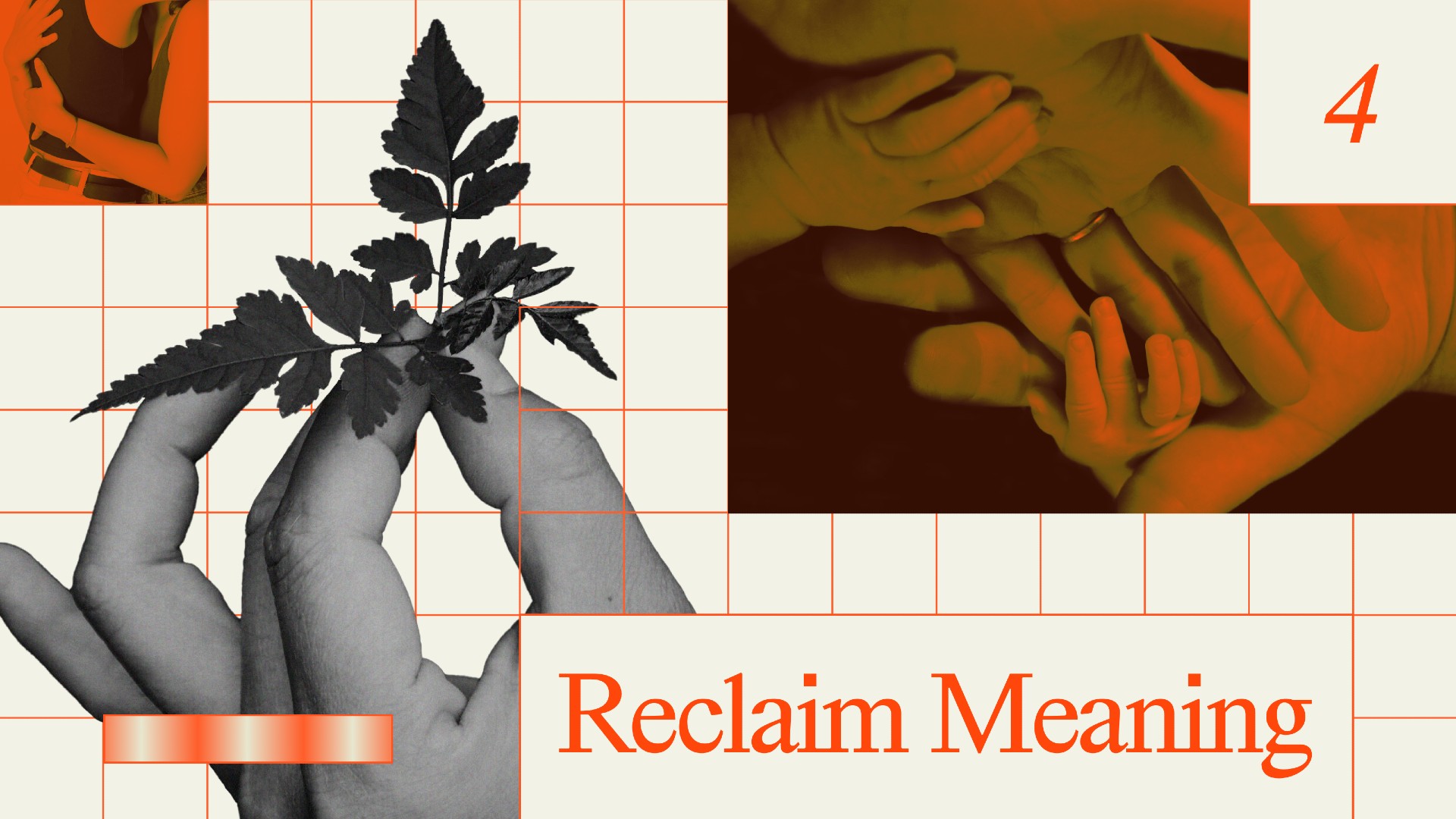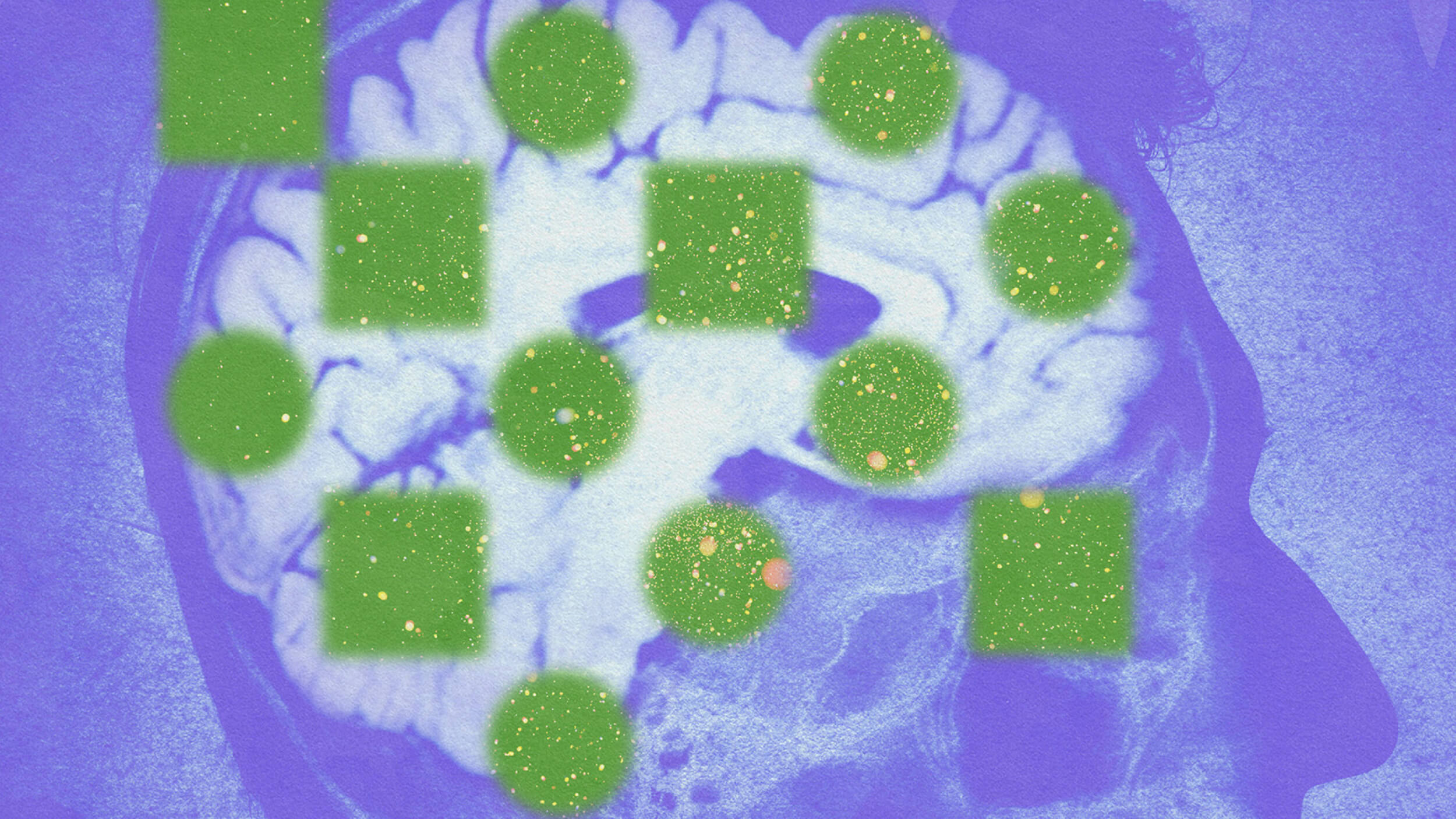So far, Google’s been a friend to free culture, says Jonathan Zittrain.
Question: Is Google a threat to free culture?
Jonathan Zittrain: I think so far, Google's been a friend to free culture. Their business model, as it turns out, has been premised on openness, and on letting people basically do what they want to do. The fact that you can use Gmail as a file storage system, because you're just given so many free gigabytes, is an example of that. But Google applications, like almost every other web application development system, is a service rather than a product. It is a service offered to developers, rather than a one time platform, where once you launch your app into the welcoming arms of a consuming public who happen to run the platform for which the app was written. Google Apps means that if Google doesn't want an app to run on its platform any more, it could cut it off. And any lawyer worth his or her salt, consulting with Google, would say, "Well, you never know what's going to happen. You might as well reserve the right to kill any app at any time, for any reason." So long as that is the terms of service for those apps, whether it's on Facebook or Google or other platforms, you have a way to nip a generative blossom in the bud that doesn't exist on the PC. Kazaa could happen, and ultimately challenge the music industry to support the iTunes music store, and later Amazon, fully unprotected mp3 downloads for a fee. I'm confident that the music industry would not have gotten into any of that but for the fact that they were having to compete against pirated versions of their own songs. And in that sense, I think Kazaa was salutary, even though brazenly illegal, in many of its uses. If you can nip it in the bud under today's application frameworks, you would never even have that cycle take place. I would rather place my bets with the unbridled programming environment generating cool stuff than I would with the much more controlled environment where ultimately cool but initially worrisome stuff gets killed in its early stages.
Recorded on: Mar 8 2008





